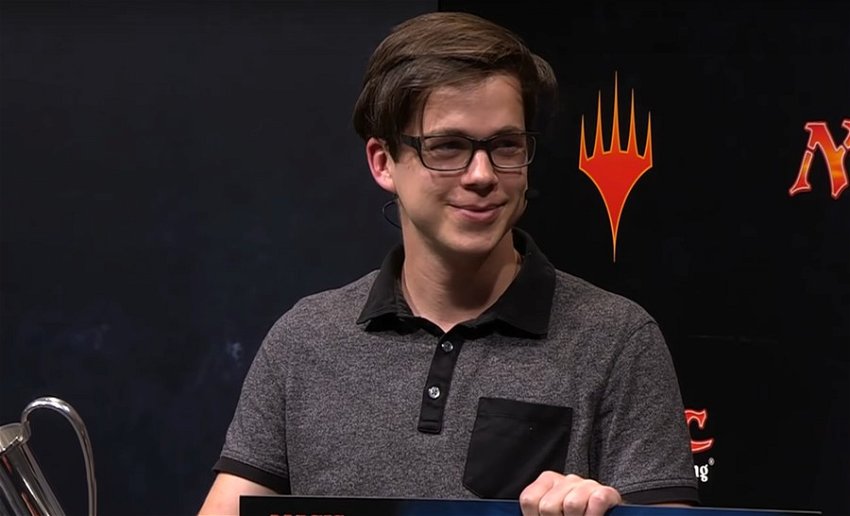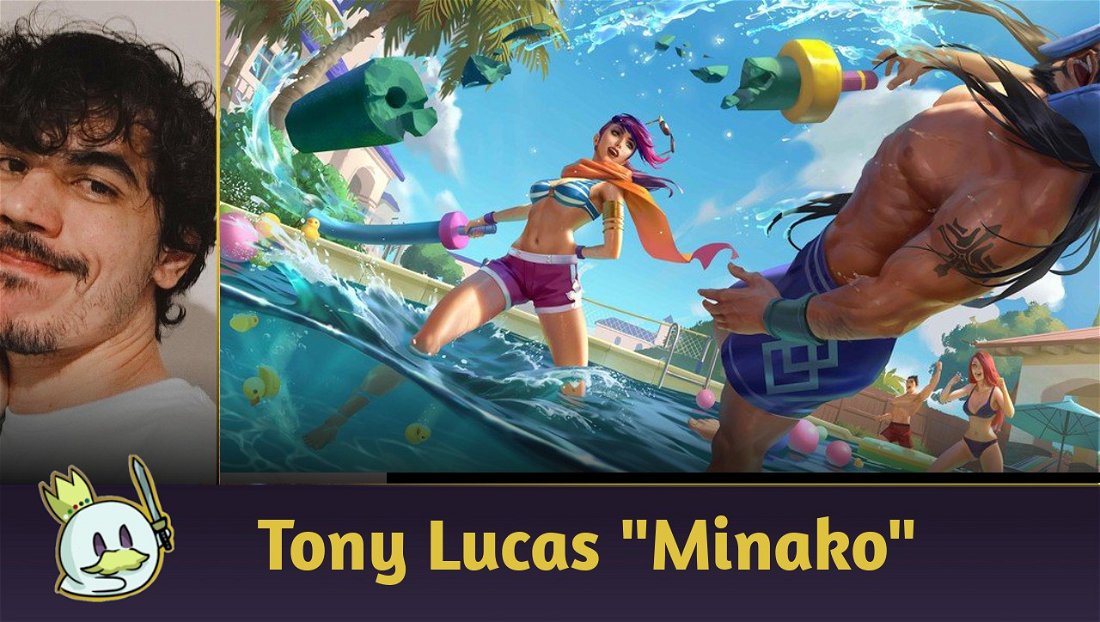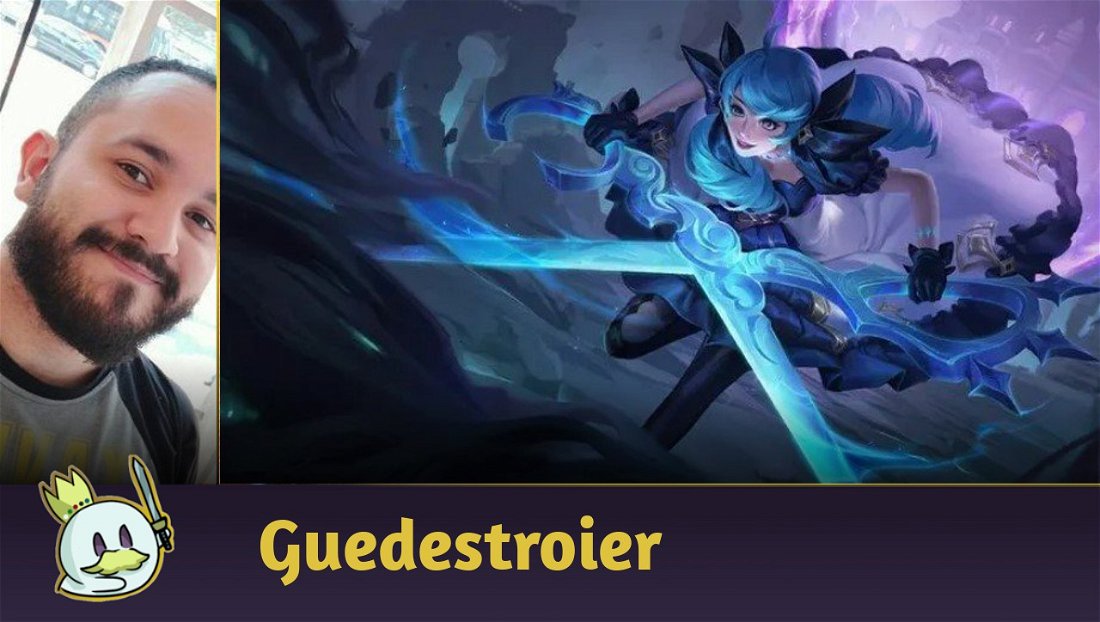Rubin explained that the creative process involves the collaborative skills of what is known as the DNA team, which stands for designers, narrative writers, and artists.
The creation of successful characters
The latest Legends of Runeterra Expansion sees champions brought to life with the aim of recreating the characters of Runeterra based on their characteristics and unique aspects. This recreation involves something Rubin describes as their Champion Resonance.
It is the mythological and fantasy element of the characters that makes them so successful. Deities, myths, and legends are a popular theme in the entertainment industry as a whole, from traditional video games such as World of Warcraft and Elden Ring to TV shows and movies like Venom: Let There Be Carnage. It is also an important theme in another area of the entertainment industry, namely the iGaming sector, which features many fantasy-themed slots such as Gods Temple Deluxe, Olympian Gods, and Demi Gods. In much the same way that LoR champions are brought to life, online casinos such as www.bodog.eu/casino are able to use graphics to animate ancient gods including Zeus, the most powerful god of all.
The process of creating characters in LoR is exemplified by Teemo, who exhibits certain characteristics such as being sneaky, but also a certain fragility. The objective of champions is to ensure that the characters look the way players expect and also feel and act in the same manner. In order to recreate champions, game designers such as Rubin are tasked with identifying the iconic aspect of each character. He explains that for him this means pinpointing whether the champion resonance of a particular character lies in their Character Thematics, which refers to the themes or the story they are defined by, or their Gameplay Mechanics, which means their abilities and playing style during gameplay.
Using data to gain essential insights
In order to ascertain this, data from League players is analyzed to determine a range of important insights including the popularity of the characters and thematic scores. This process is detailed by Rubin at www.playruneterra.com. Players are subsequently quizzed on the defining characteristics of each champion and this feedback is entered into a word cloud which results in the primary identifier of each character and the gameplay versus thematic percentage.
A particular challenge arises when designing champions from scratch as game designers are not aware of which aspect of the characters will be popular with players. As far as gameplay mechanics are concerned, this involves anticipating what is referred to as the gameplay hook of a champion. Rubin describes this essential aspect as: “What part of the kit will be the special sauce that makes a champion people love to love and love to hate?” Rubin has certainly succeeded in his mission, with www.gamerant.com praising the expansions.
We hope this article has given you some new insights into the creative process behind Legends of Runeterra. It also gives us an impression of the important contribution made by the players themselves in the selection of characteristics and abilities of each character, reflecting the true collaborative effort involved in LoR.












— Kommentare 0
, Reaktionen 1
Sei der erste der kommentiert